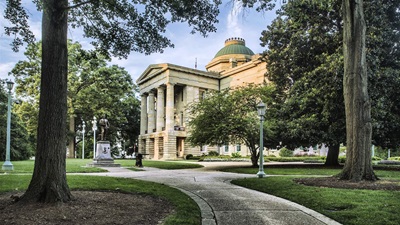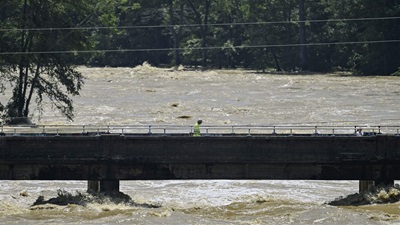America’s Defining Documents
The data behind the documents that define American democracy
The Declaration of Independence. The Constitution. The Bill of Rights. America’s founding documents were the result of debates and compromises that created a new nation unlike any other. Learn more about the history and content of America’s defining documents.

13 Facts About the US Constitution
Surprising details about our nation’s founding document
Signed in 1787, the U.S. Constitution includes a preamble and seven articles that outline how the American government is organized and operates. Let’s take a closer look at its creation and test your knowledge to see how much you know about the US Constitution.

Little-Known Facts About the Declaration of Independence
They may not be so ‘self-evident’
The purpose of the Declaration of Independence is as clear as its name — to state why the 13 colonies had the right to break political ties with Great Britain and form their own government. But this move to independence didn’t happen overnight. Read these 16 facts about the origins of the Declaration of Independence and then test your knowledge!

How Did the Bill of Rights Come to Be?
Learn more about the history and evolution of the first 10 amendments
In U.S. history classes, Americans learn that the first 10 amendments to the United States Constitution are called the Bill of Rights, which collectively guarantees individual liberties and prevents tyranny from the federal government. The First Amendment alone secures five of America’s most cherished freedoms: religion, speech, press, assembly, and petition of the government.
But these rights weren’t originally a part of the Constitution. After pressure from several states, the First Congress in 1789 voted to include them to help ensure that the document that defines how the United States is governed includes protections for individuals and limits on the federal government’s power. Get a closer look at the origins of the Bill of Rights with these facts.




More from Living Facts



More in Improve Federal Policy



